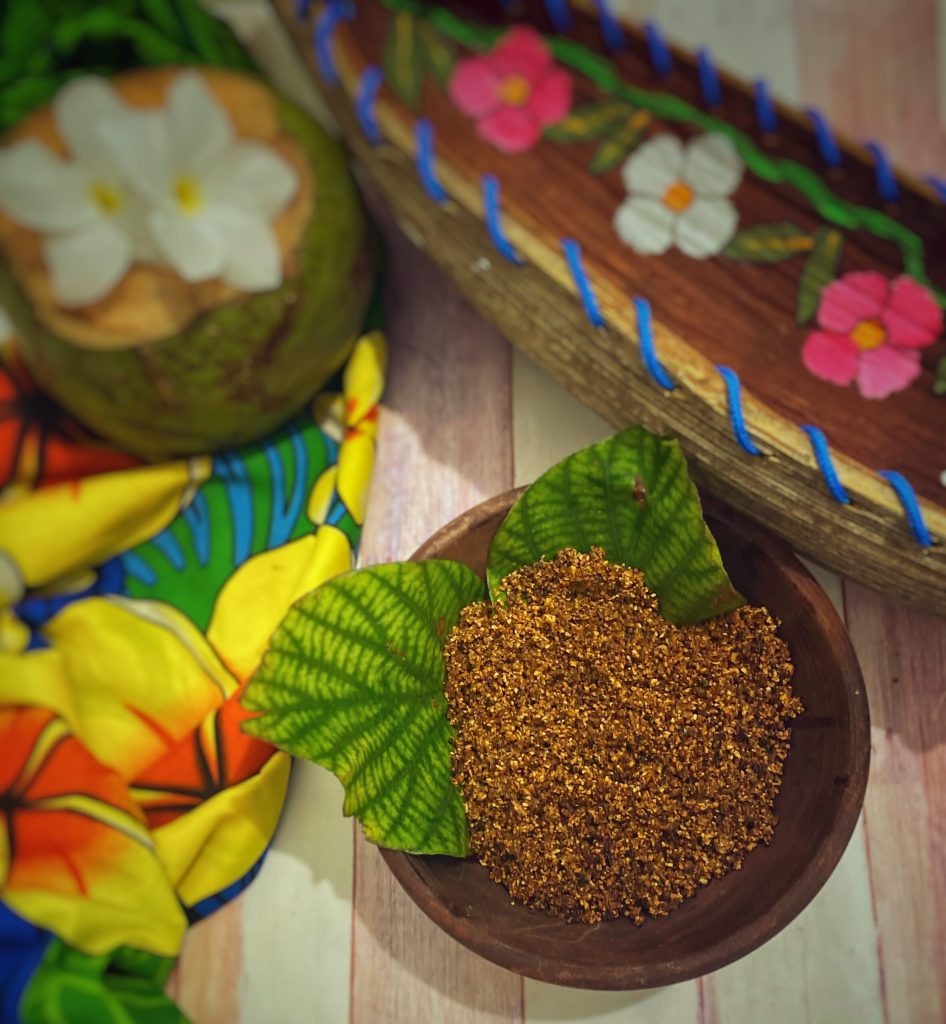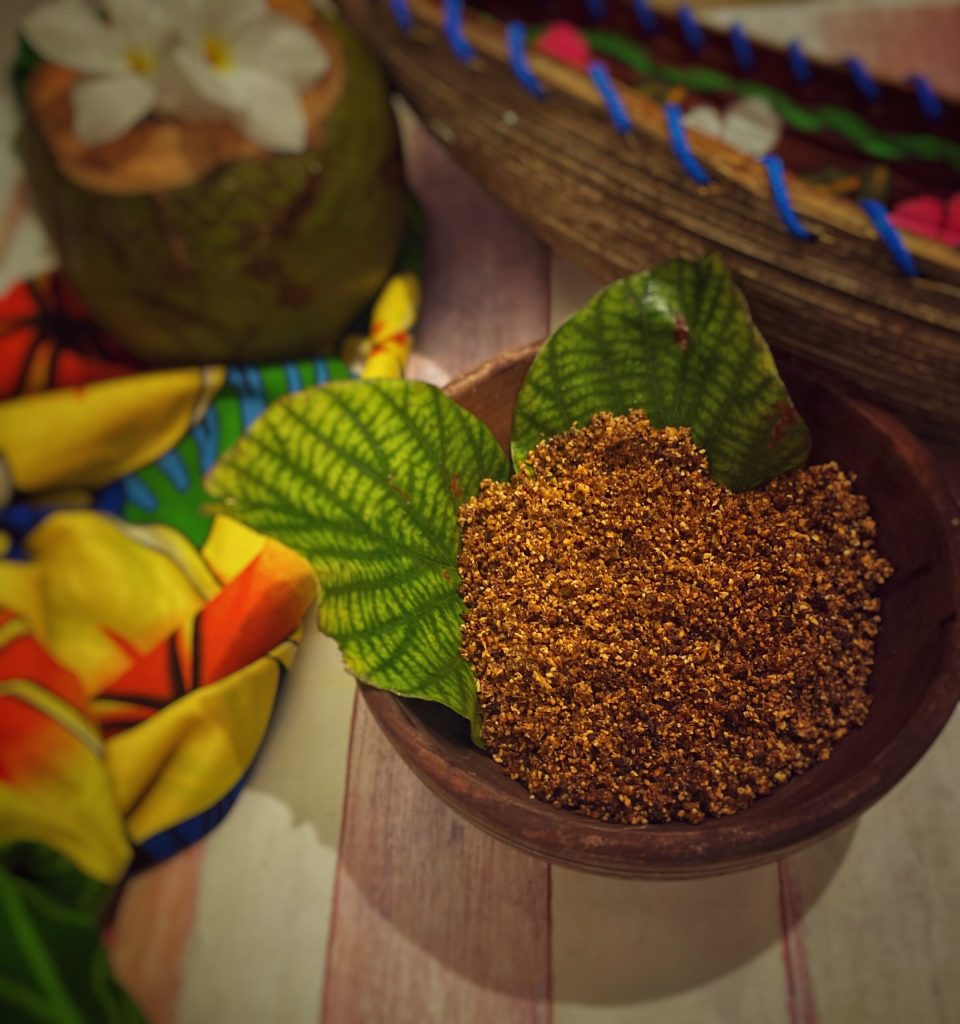The recipe for Peanut and Coconut Farofa is dedicated to the winning song of the 1968 Sanremo Festival: “Canzone per te”, a song composed by Luis Bacalov, Sergio Bardotti, and Sergio Endrigo, performed by Endrigo and Roberto Carlos, the Brazilian musical artist who sold the most records worldwide (120 million).
For reasons never clarified, the lyrics of the two versions of the winning song do not match and, in fact, show significant differences even in the chorus.
In the same edition, the song “Ti va di Cantare” by Louis Armstrong – Lara Saint Paul, to which the recipe for S’mores blondies is dedicated.
Peanut (amendoim) and Coconut (coco) Farofa is a sweet-and-savory variant of the most classic of Brazilian side dishes: farofa, which is cassava (or corn) flour toasted in fat.
With the addition of bacon or linguiça it can also be served as a savory side dish.

- Difficulty: Very easy
- Cost: Very cheap
- Preparation time: 5 Minutes
- Portions: 2 people
- Cooking methods: Stovetop
- Cuisine: Brazilian
- Seasonality: All seasons
Ingredients
- 2 tablespoons butter
- 5.3 oz farofa
- 3.5 oz grated coconut (rapè)
- 1.8 oz peanuts (or peanut flour)
Steps
Add a tablespoon of butter to a pan.
Add chopped peanuts, grated coconut, and sauté for another three minutes.
Then add another tablespoon of butter and let it melt.
Finally, add the farofa and fry for another 3 minutes (or until crispy).

“Canzone per te” has been reinterpreted numerous times by other artists.
In 1968, Mina recorded her own version in both Italian and Spanish, and in the same year, Giorgio Carnini performed an instrumental version for his album Giorgio Carnini on the Hammond X-66 organ, also released in Turkey and Venezuela.
Also in 1968, the group Los Catinos performed a Spanish version titled Canción para tí, included in the 1991 album Canciones románticas.
In 1974, Portuguese singer Amália Rodrigues performed it in Italian for her album Amalia in Italy.
Other Italian recordings were later made by Ornella Vanoni, Claudio Baglioni, and Gianni Morandi.
In 1989, Enrico Ruggeri recorded the song on his album Contatti; later, in a 2005 concert, he praised Endrigo by performing the song.
In 2003, Orietta Berti recorded a version released on her album Emozione d’autore.
Elisa performed the piece at the 2010 Sanremo Festival to honor Italian music worldwide on the dedicated evening.
Simone Cristicchi performed it at the 2013 Sanremo Festival during the “Sanremo Story” evening dedicated to songs presented in the past at the event.
In 2015, the trio Il Volo made their own version of the song, releasing it as the second single from their EP Sanremo grande amore.

